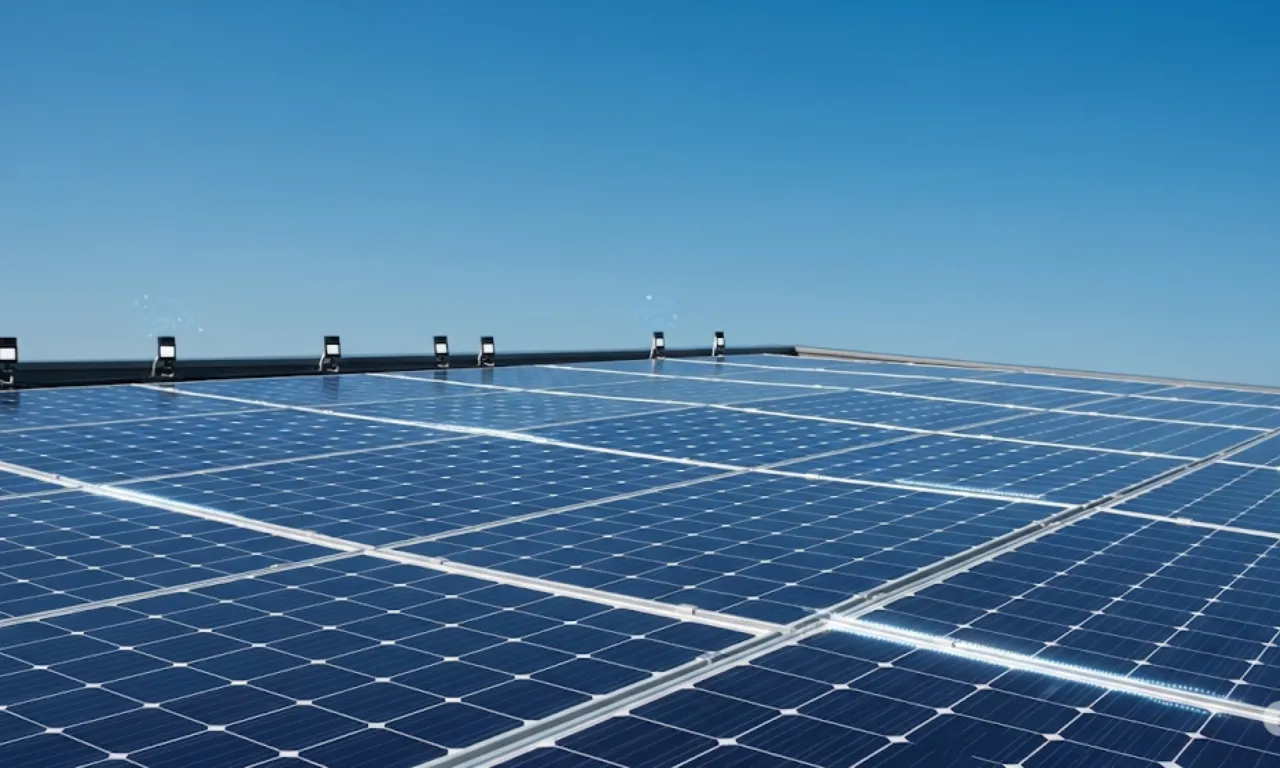- MNRE requires secure inverter communication devices under PM-Surya Ghar Muft Bijli Yojana to keep data transmission safe within India.
- Strict technical standards include machine-to-machine SIM communication, AES-256 encryption, and digital certificate authentication for rooftop solar systems.
- Phased integration and testing from September 1, 2025, will allow remote monitoring and real-time diagnostics for better grid stability.
If you’re part of India’s growing solar community or interested in renewable energy solutions, MNRE’s new rules under the PM-Surya Ghar Yojana bring important updates to inverter communication for rooftop solar setups. This move makes sure inverter data is securely sent and managed only by authorized Indian servers, boosting security and grid reliability. The new guidelines focus on secure communication methods and strong remote monitoring systems, protecting the progress of solar energy in this key scheme.
New MNRE Rules for Inverter Communication under PM-Surya Ghar Yojana
The Ministry of New and Renewable Energy (MNRE) recently set strict guidelines requiring all manufacturers supplying inverters through the PM-Surya Ghar Muft Bijli Yojana to include secure communication devices connected to the official program portal. This rule came up because of worries about inverter data being sent to servers outside India, which could threaten grid security. From now on, every inverter communication device, including dongles and data loggers, must use machine-to-machine SIM protocols and connect directly to software managed by MNRE or its chosen agency.
Why Secure Data Transmission Matters for Rooftop Solar
Reliable and secure data transfer from rooftop solar inverters is very important for monitoring, managing, and keeping grid stability. As solar use grows, any interruption or tampering in inverter data could affect energy forecasting, grid load balancing, and overall system performance. Keeping data within Indian servers protected by multiple security layers helps prevent cyber risks and supports smooth program operations under the PM-Surya Ghar Yojana.
Technical Rules for Inverter Communication Devices
The new MNRE draft rules require inverter communication devices to use machine-to-machine SIM communication protocols for smooth and safe data transfer. Security is raised with AES-256 encryption applied through transport layer security or secure sockets layer methods. Each device must be registered using its international mobile equipment identity (IMEI) number. After registering with the central Internet of Things (IoT) platform, vendors get client certificates, authentication tokens, and API URLs for secure access. These rules make sure data stays encrypted and verified, keeping its accuracy and privacy.
Integration and Testing Starting September 2025
The integration will start with a testing phase from September 1, 2025. This step-by-step process lets manufacturers and vendors meet the new communication and security rules, test how well devices work with the PM-Surya Ghar Yojana software, and have a smooth changeover before the rules become mandatory. This timeline gives all involved enough time to adjust without affecting ongoing solar power production and monitoring.
Remote Monitoring System (RMS) Features and Multi-layer Security
Remote Monitoring Systems (RMS) under this scheme must register with their unique IMEI numbers and verify themselves using digital certificates given during IoT platform registration. Each message sent needs a time-sensitive one-time password (OTP), adding transaction-level security. The RMS uses the Message Queuing Telemetry Transport (MQTT) protocol, which supports reliable data queues and delivery. These layers of security and verification steps make sure data from rooftop solar systems is accurate and protected against tampering.
Communication Modes and Remote Troubleshooting Enabled by New Rules
The new communication system allows several advanced modes:
- Scheduled Data Pushes: Regular sending of inverter and sensor data for ongoing monitoring.
- Event-triggered Alarms: Automatic alerts when faults or unusual activity happen.
- On-demand Commands: Allow real-time data reading or writing from the central control system.
- Remote Configuration: Operators can change inverter settings, battery controls, and data intervals using preset commands remotely.
The common message format uses JavaScript Object Notation (JSON), with standard parameters across devices like inverters, meters, weather stations, and string combiner boxes. This consistency makes it easier to understand and combine data at the central program server, helping with early maintenance and effective management of solar assets.
These new MNRE guidelines under the PM-Surya Ghar Yojana show India’s focus on secure and smart renewable energy systems. If you own rooftop solar or are a stakeholder, watch for upcoming updates as implementation starts in September 2025. Staying updated will help you see how these changes protect your solar system’s data security while supporting the country’s clean energy goals.

